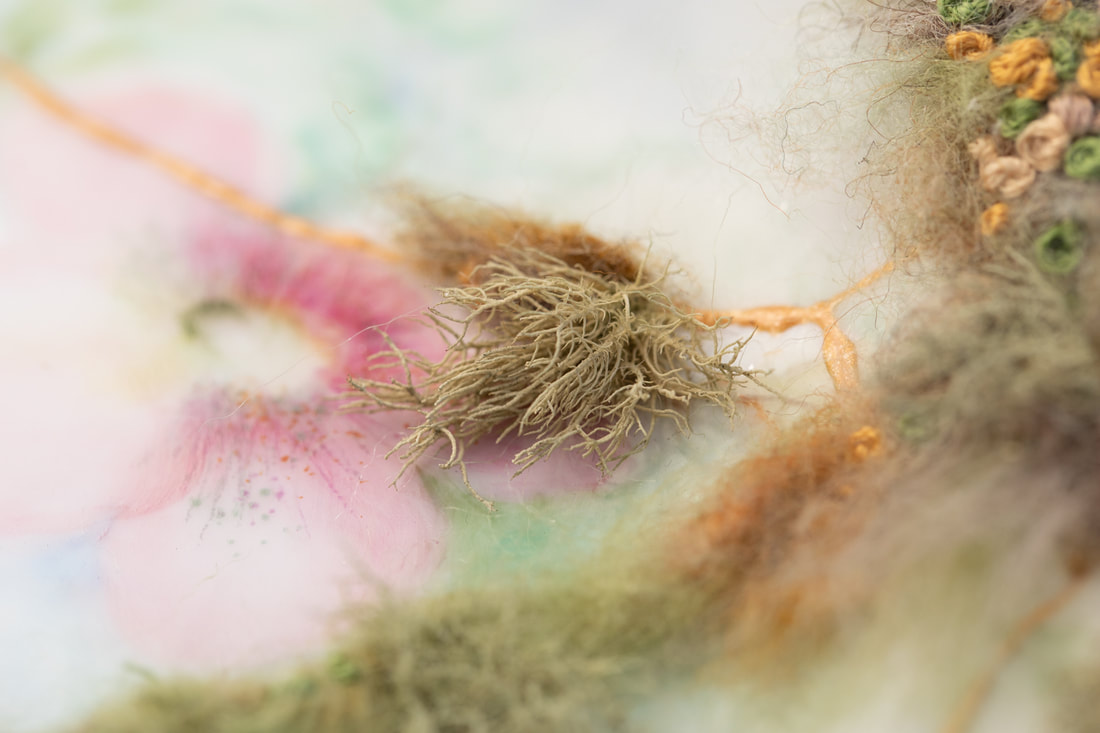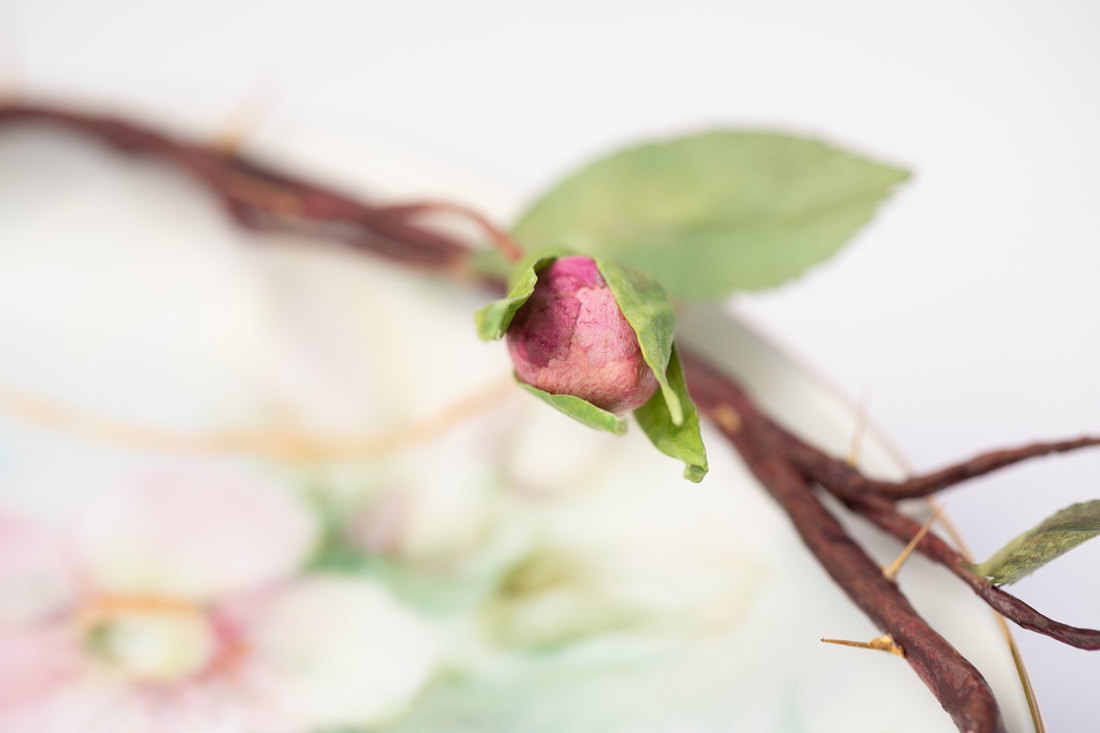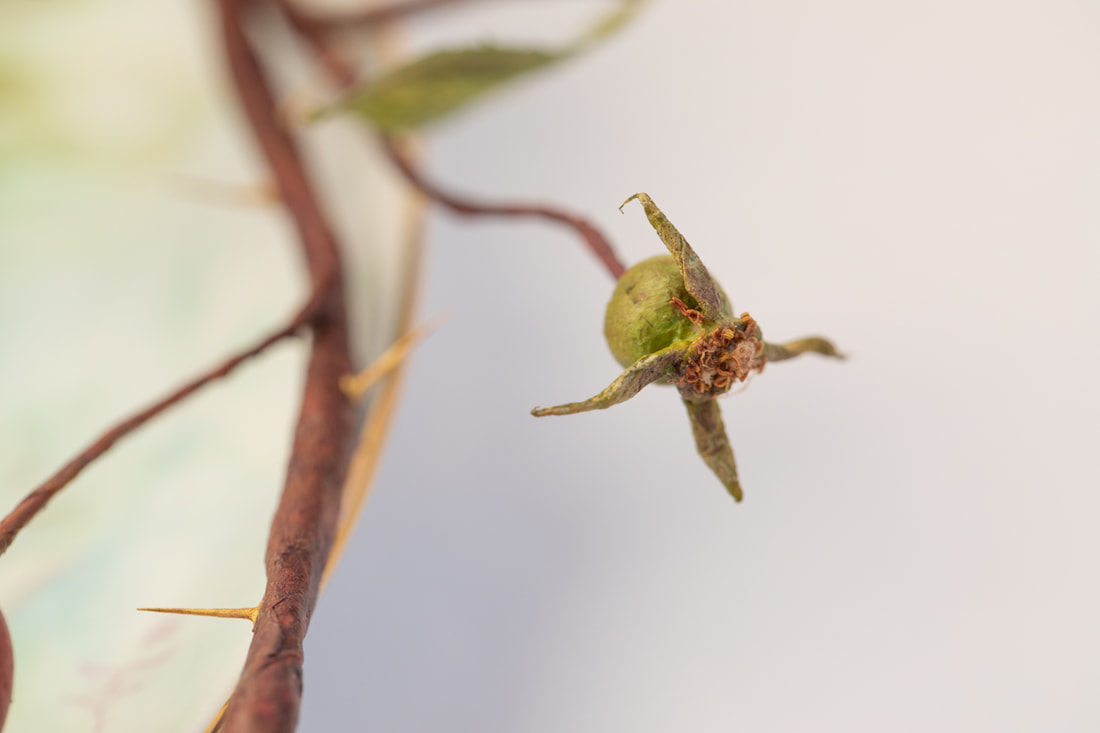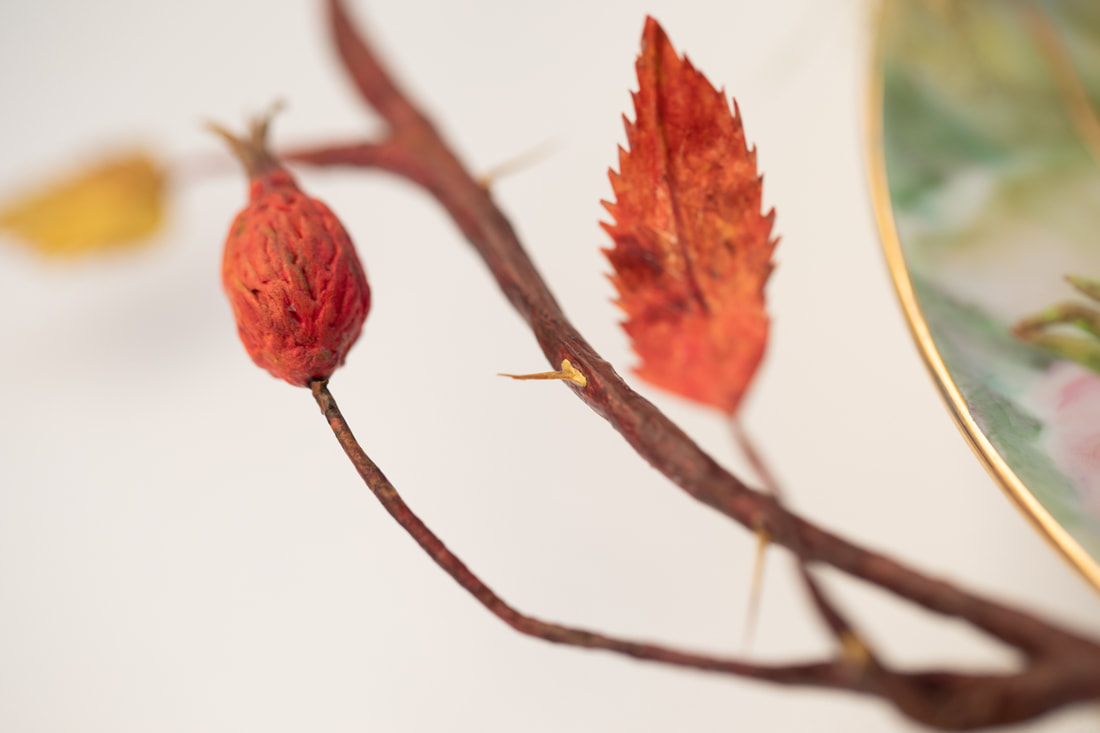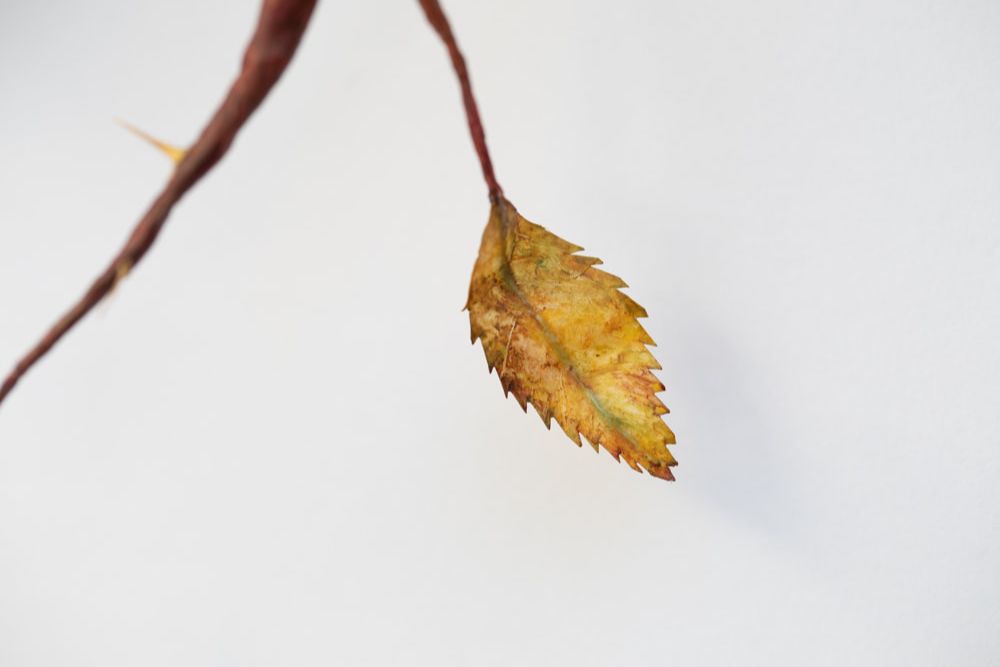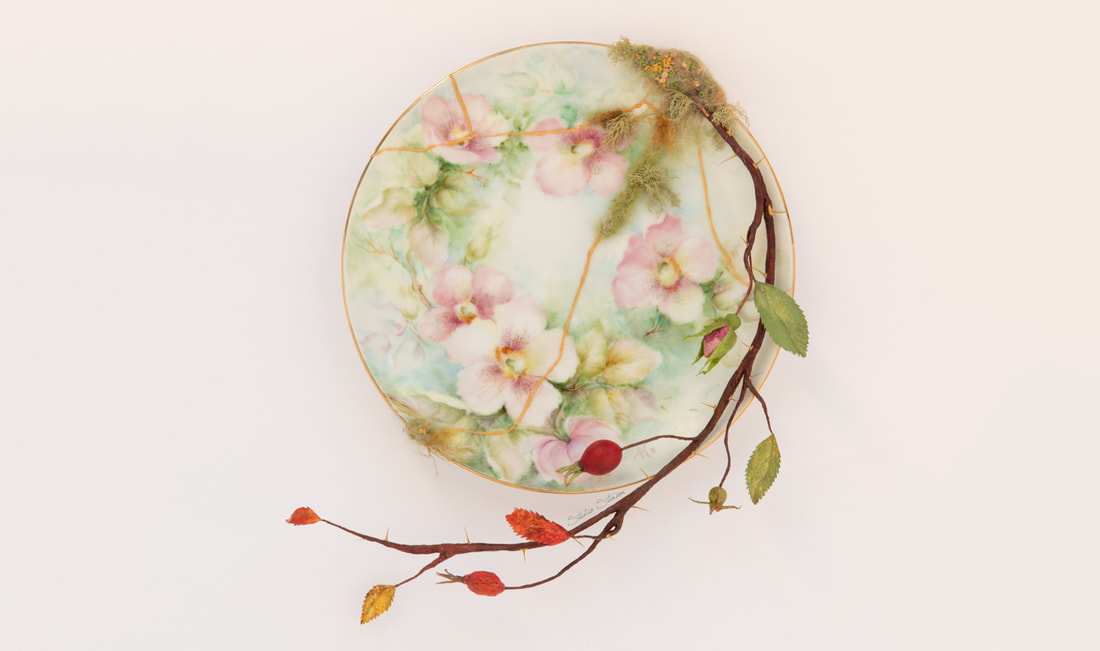|
Creating custom artwork is the highlight of my artistic practice. Being invited into the lives and stories of others cultivates a kinship and connection that feels divinely serendipitous. To be entrusted with their offering and turn it into a physical work of art is an absolute honour - one that I treasure deeply. When Alexandra reached out to me with the shattered remains of a decorative plate (one that had been beautifully painted with her own hands many years ago), I knew that this was going to be a special project. She shared the history of the plate and all the many layers contained within these broken pieces of pottery. They symbolized so much and Alexandra felt it was time to take them out of the box they had been tucked away in so a new chapter could be written. What a privilege to be part of the story. Forget your perfect offering 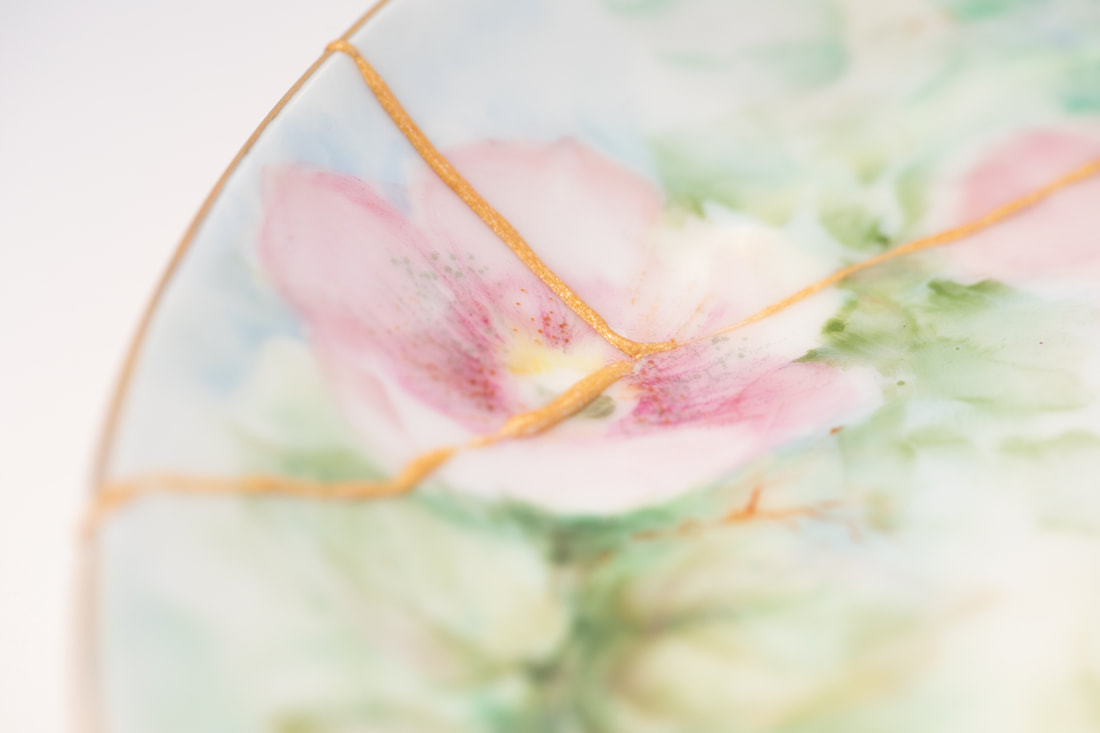 Alexandra shared a quote from Leonard Cohen's song, Anthem, and his words once again became a meaningful reminder of the beauty that can emerge from broken places. As I reviewed the notes of our conversation and began the process of preparing the design concept, I was reminded of Kintsugi, the Japanese art of repairing pottery. Kintsugi is a technique that uses gold and resin to join together broken pieces of pottery - the value of the vessel believed to be more valuable for having been broken and damaged. This fits hand in hand with the Japanese aesthetic philosophy, Wabi Sabi, acknowledging the beauty found in the imperfect, incomplete and impermanent. This project became a representation of all three. Imperfection: Using a variation on Kintsugi techniques, the plate was restored to its original shape leaving seams with visible variances. I applied variable pressure as I joined each piece, allowing the golden resin to ooze from the cracks, representing the tension of imperfection in our lives and our reluctancy to accept the possibility of its beauty. Incompleteness: There were pieces missing from the plate that left larger gaps to be filled. Rather than filling those gaps with gold, I wanted to leave room for something new to emerge from that space. To represent that life and growth, needle felting and embroidery were used to create moss. Lichen was harvested from the surrounding boreal forest and preserved before incorporating it into the design. Impermanence: The sculpted elements of this work highlight various stages of the wild rose's life cycle. Flowing from the rose in full bloom, hand painted on the original plate by Alexandra, a singular branch emerges. The branch follows the life cycle through the end of Autumn, showcasing parts that may often be overlooked or unappreciated. The thorns have been carefully removed from a living wild rose bush and painted gold before being secured to the sculpted branch. This work holds space for the tension that exists in acknowledging and accepting beauty where we are usually reluctant or unwilling. It does not ignore or gloss over the grief, loss, or heartache - it is all still there, a part of our story. In the midst of it all is an invitation to see beauty among all the cracks, shattered parts and missing pieces that we collect along our own cycle of life. Might we be able to lean into all that has been broken and allow something new to emerge?
|

